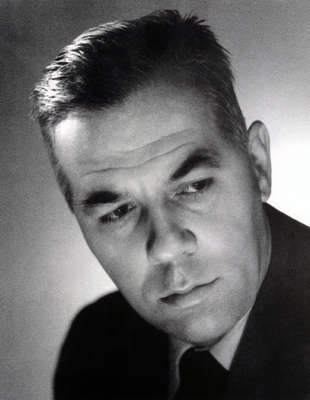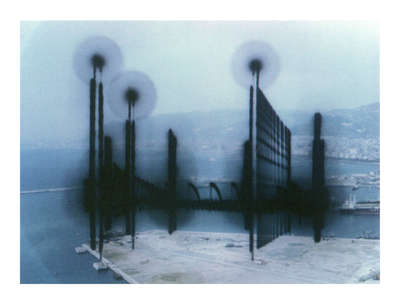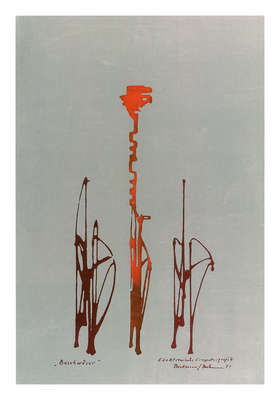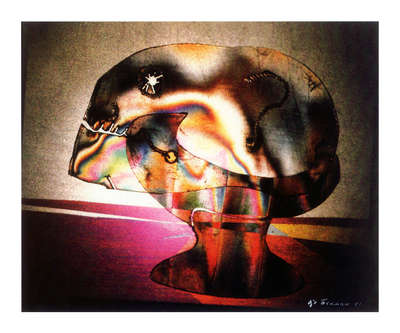“Otto Beckmann’s interaction with his computer was highly personal. He used it in isolation in his studio; the computer was a special tool—an extension of him. He called it an “intelligible tool with dialog properties,” which artificially mirrors part of the artist and shows aspects of a partnership." [Oberquelle and Beckmann, 2008, p. 29]
Otto Beckmann, who was a sculptor by education, is counted to the pioneers of computer art. Even before using computers, he used algorithms in his work, developing “a theory of a complete family of forms” [Oberquelle and Beckmann, 2008, p. 22], which he called Denkmaschine [thinking machine]. This approach was reconstructed by his son Oskar, who defined the following three layers:
- Processing layer: computing the basic elements by means of geometric construction
- Mapping layer: assigning characteristic proportions to the basic elements
- Composition layer: curve fitting in between
This structure was also used in Beckmann’s famous studio computers, a series of computers Oskar Beckmann build for him starting in 1969, in order to create his artworks. Its development was honored with the “Adolf-Schärf Award for the Advancement of Science” in 1972. Otto Beckmann stated that “The efforts to obtain a different type of computer were motivated on the one hand by his insight that existing computers were not optimal for artistic work and on the other hand by his wish to be independent.” [Ars Intermedia, 1971, p.6 translation quoted from Oberquelle and Beckmann, 2008, p. 23]
“Otto Beckman saw undreamt-of possibilities for art in computer technology, in which he recognised a baroque power to reunite the genres. Since Beckmann had no computer knowledge of his own, he sought exchange with experts. In this context the Experimental Working Group” ars intermedia “as well as the construction of a hybrid computer by his son” Oskar “gain a high interest.” [Herzogenrath et. al, 2007, p. 310].
In the 1960s, he started to experiment with (ultraviolet and polarized) light. Together with Alfred Graßl he developed pictures on an oscilloscope at the Technical University of Vienna, which they called “electronic computer graphics” [cf. Oberquelle and Beckmann, 2008]. In collaboration with Gerd Koepf Beckmann began experimenting with laser light in the 1970s. At the same time he created “imaginary architecture”, which Oberquelle called “zenith of his [Beckmann’s, author’s note] computer art experiments” [Oberquelle and Beckmann, 2008, p. 29]. In 1979 he decided to quit using computers and concentrated on “working with the randomness of objects found in nature and among real artifacts.” [Oberquelle and Beckmann, 2008, p. 29]









